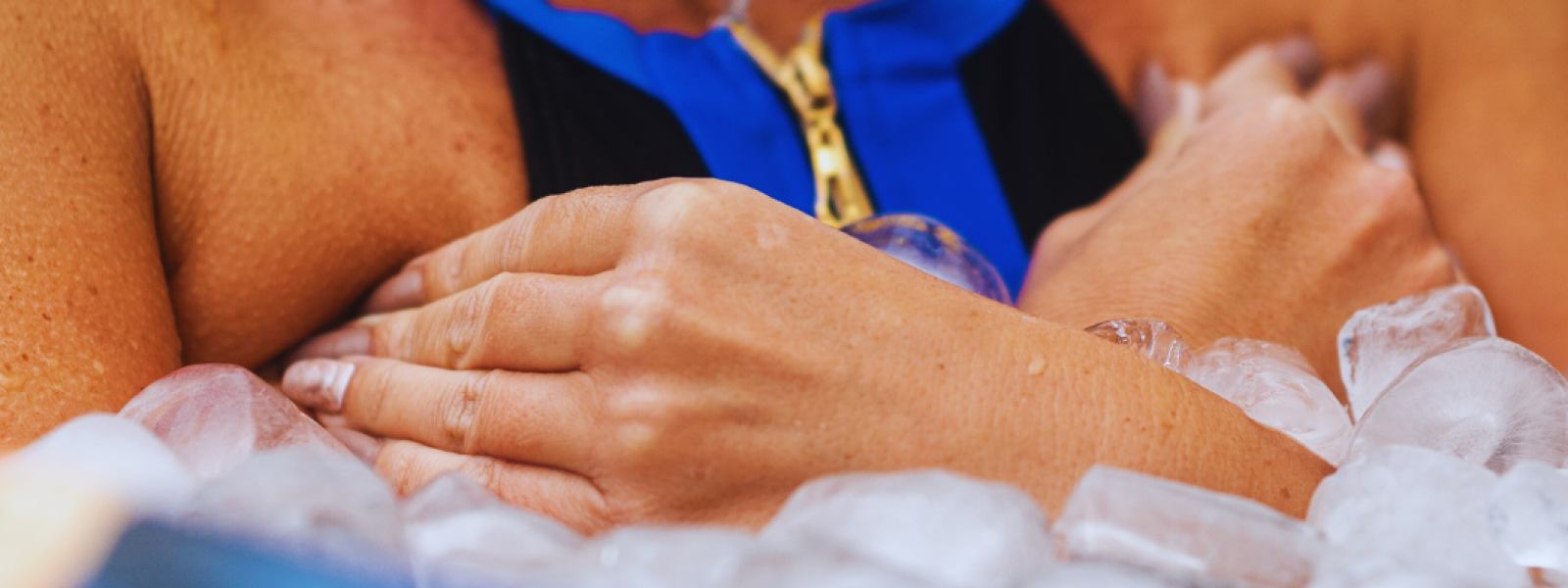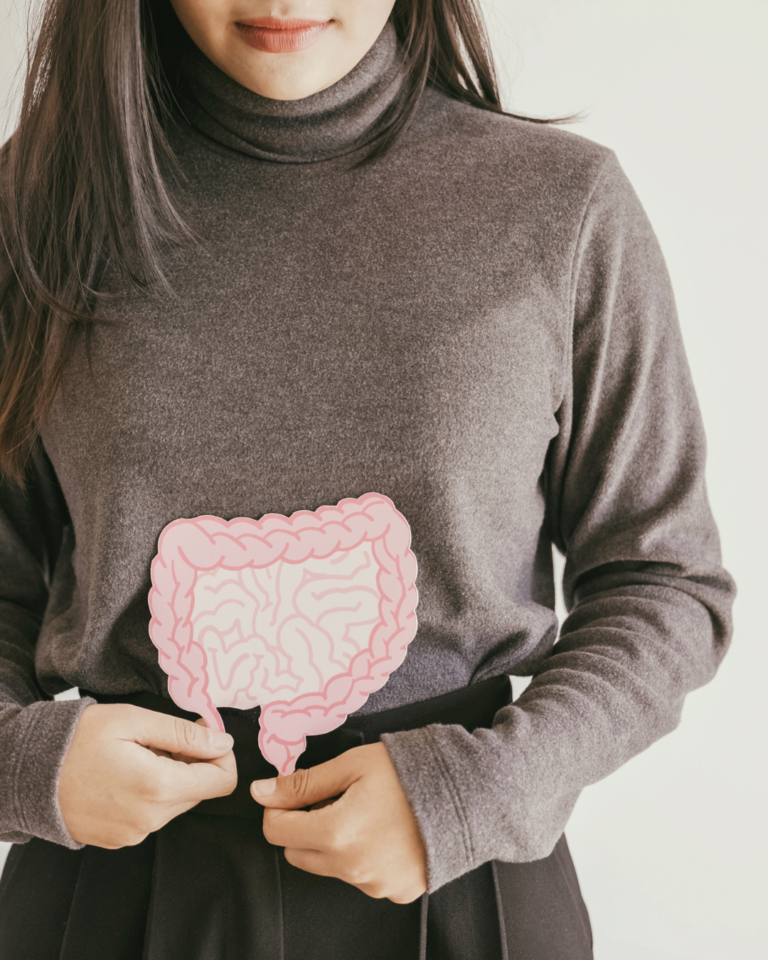Cold therapy has gained significant recognition for its effectiveness in recovery processes among athletes and fitness enthusiasts alike. Utilizing cold therapy can lead to reduced inflammation, alleviate pain, and improve healing, making it a valuable tool in any recovery routine. The scientific principles behind cold therapy reveal its ability to constrict blood vessels, which lessens swelling and tissue damage after intense physical activity.
Incorporating methods such as ice baths, cryotherapy, and cold packs can enhance an individual’s post-workout recovery. Many individuals report feeling revitalized and refreshed after using cold therapy, thus promoting consistent training without excessive downtime. The integration of these practices into regular routines can help maintain peak performance levels while minimizing injury risk.
For those seeking efficient ways to recover, cold therapy offers a straightforward and practical approach. Understanding its benefits may inspire individuals to explore these methods further and optimize their recovery strategies.
Exploring Cold Therapy Mechanisms
Cold therapy encompasses various techniques that aid in recovery through physiological responses. These methods activate mechanisms such as vasoconstriction, enhanced circulation, and immune response.
Cold Water Immersion and Ice Baths
Cold water immersion involves submerging the body in cold water, typically between 10°C and 15°C. This practice triggers vasoconstriction, where blood vessels narrow. The response reduces blood flow to areas of inflammation, alleviating pain and swelling.
When the body warms up post-immersion, blood vessels dilate, promoting better circulation. This process flushes out metabolic waste and brings in fresh nutrients, aiding recovery. Cold water immersion can stimulate the release of endorphins, resulting in improved mood and energy levels. The overall effect contributes to a quicker return to peak performance.
Cryotherapy and Cold Showers
Cryotherapy involves short bursts of exposure to extremely cold air, often around -110°C to -140°C. This treatment induces vasoconstriction similar to immersion but can target specific areas.
Cold showers provide a more accessible method. They enhance circulation by alternating between constriction and dilation of blood vessels. Regular exposure can support the immune system by increasing white blood cell counts, which fight off illness. Furthermore, both methods can lower heart rate and blood pressure, promoting relaxation. The benefits extend to mental clarity and overall well-being, making these techniques valuable for recovery strategies.
Physical Recovery Benefits
Cold therapy offers notable benefits for physical recovery, especially in reducing muscle soreness, managing inflammation, and aiding the healing process. These effects are significant for athletes and active individuals seeking to enhance their recovery routines.
Exercise Recovery and Muscle Soreness
After intense exercise, athletes often experience muscle soreness due to microtears in muscle fibers. Cold therapy can significantly alleviate this discomfort. Applying cold to affected areas constricts blood vessels, which helps reduce metabolic activity. This diminishes the inflammatory response and lowers the accumulation of metabolic waste.
Using ice packs or cold baths can keep soreness levels manageable, allowing athletes to resume training effectively. Regular application post-exercise leads to quicker recovery times, ultimately improving performance.
Inflammation Reduction and Swelling Control
Inflammation is a natural response to injury or exertion, but excessive inflammation can hinder recovery. Cold therapy is effective in controlling this response. Cryotherapy works by reducing blood flow to the inflamed area, thus limiting swelling. This effect is crucial in managing conditions like sprains or strains, where fluid accumulates.
Incorporating cold therapy into recovery routines can lead to significant reductions in swelling, promoting a quicker return to optimal function. This strategy has embraced numerous athletes for its health benefits in injury management.
Targeting Muscle Damage and Healing Process
In cases of acute muscle damage, the healing process is vital. Cold therapy provides a dual benefit of pain relief and tissue preservation. By applying cold immediately after injury, it slows down cellular processes that contribute to muscle damage. This may lead to a more effective healing environment as it minimizes further injury risk.
In combination with other recovery strategies, such as rest and nutrition, cold therapy can support a more robust healing process. Athletes who adopt this approach often report enhanced recovery outcomes, allowing them to return to their training regimens more rapidly.
Mental Health and Cognitive Effects
Cold therapy may positively influence mental health, particularly by alleviating symptoms of depression and anxiety. It can also enhance focus and alertness, contributing to better cognitive function. Specific methods, such as the Wim Hof Method, highlight the connection between cold exposure and mental clarity.
Impact on Depression and Anxiety Symptoms
Research indicates that cold therapy can reduce symptoms associated with depression and anxiety. Exposure to cold can trigger the release of endorphins, which are neurotransmitters that promote feelings of well-being.
Regular cold exposure may also activate the body’s stress response, leading to improved mood regulation. For individuals with anxiety disorders, cold therapy might act as a natural way to alleviate acute stress responses. These effects can lead to more stable emotional states and a greater sense of control over one’s mental health.
Improving Focus and Alertness
Cold exposure has been shown to improve cognitive functions such as focus and alertness. This effect is partly due to increased blood flow and oxygenation to the brain, stimulated by the cold. Participants in studies often report enhanced mental clarity following cold therapy sessions. Time spent in cold environments may lower fatigue levels and help in overcoming mental blocks. Improved focus can lead to better productivity and task performance, making cold therapy an appealing option for those looking to enhance their cognitive capabilities.
The Wim Hof Method and Mental Clarity
The Wim Hof Method combines cold exposure with breathing techniques to boost mental clarity. This practice encourages individuals to confront discomfort, which can foster resilience and a stronger mindset.
Incorporating specific breathing exercises alongside cold exposure can further elevate cognitive performance. Many followers of this method report heightened awareness, improved focus, and reduced symptoms of anxiety and depression. The interaction between breath control and cold therapy may lead to a unique state of mental clarity, ultimately supporting both emotional well-being and cognitive function.
Additional Health Benefits and Risks
Cold therapy not only aids in muscle recovery but also presents potential health benefits and risks that warrant consideration. Various studies highlight effects on cardiovascular health, immune function, and metabolism.
Cardiovascular Health and Blood Pressure Regulation
Cold exposure can have a positive impact on cardiovascular health. Regular cold therapy may enhance blood flow and circulation, which is beneficial for heart function. When exposed to cold, blood vessels constrict, reducing blood flow to extremities and directing it to vital organs. This process can improve blood pressure regulation.
Individuals with pre-existing conditions need to consult a healthcare professional before embarking on cold therapy. Monitoring for symptoms related to hypothermia is also crucial, particularly after prolonged exposure.
Cold Exposure and Immunity
Cold therapy might aid in enhancing the immune system’s functionality. Research suggests that exposing the body to cold can stimulate immune responses. Cold plunges, for example, may increase white blood cell counts, which play a critical role in fighting infections. Regular exposure to cold temperatures can potentially lead to increased resilience against common illnesses. However, excessive cold exposure can lead to stress on the body. It is vital to approach cold therapy cautiously, balancing the benefits with the risk of hypothermia or overexertion.
Metabolism, Calorie Burn, and Brown Fat Activation
Cold exposure has been linked to increased metabolism and calorie burn. When the body encounters cold, it activates brown fat, a type of fat that generates heat by burning calories.
This process can significantly elevate energy expenditure. Individuals looking to manage their weight may find controlled cold therapy beneficial for metabolism enhancement. Yet, relying solely on cold exposure for weight loss may not be effective. It should complement a balanced diet and regular exercise for optimal results.




